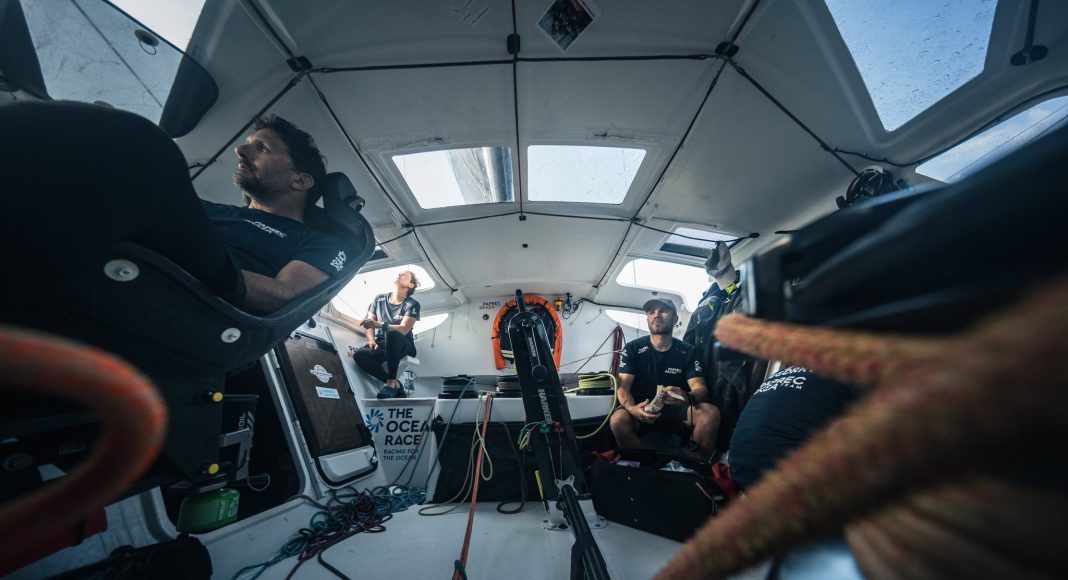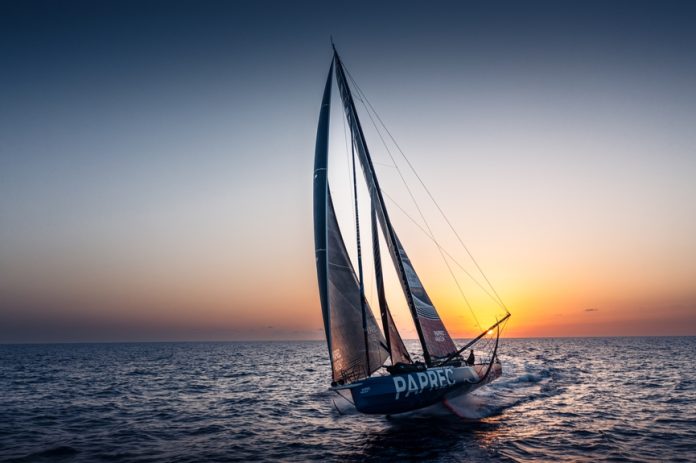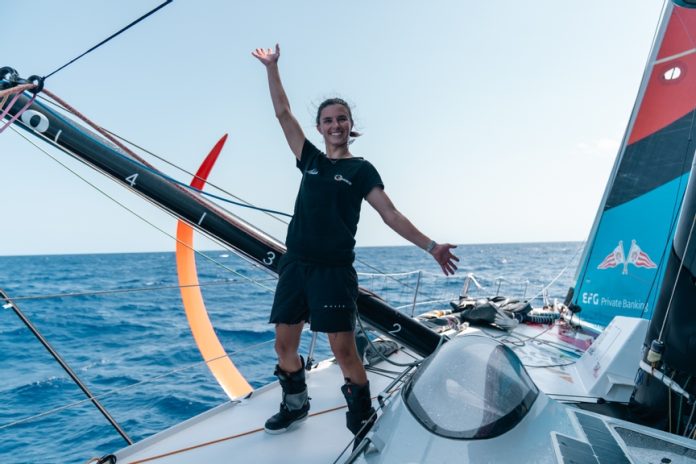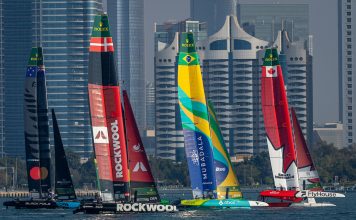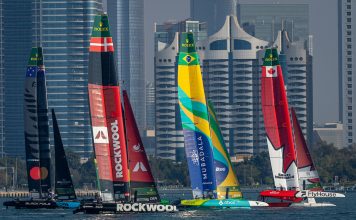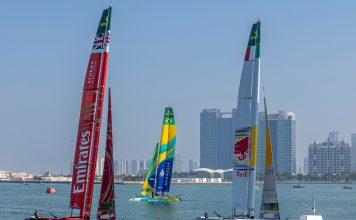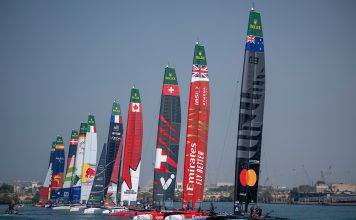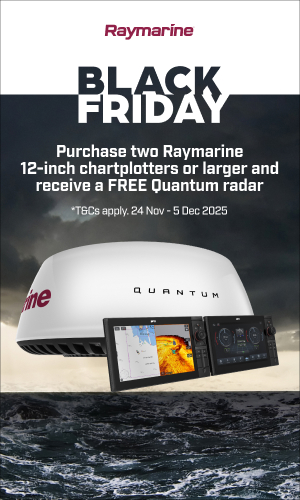The first leg of The Ocean Race Europe 2025 has read like a novel in four chapters — the adrenaline-fuelled start out of Kiel, a full-throttle foiling blast across the Baltic, a steady reach through the North Sea, and now, in its closing act, a punishing game of light-air chess and constant manoeuvres.
Over the past 24 hours, the fleet has been battling a sprawling high-pressure ridge — the moment the race tilted from speed into survival mode. Forecasts warned of slowdowns, but the leaders made their escape with surprising pace. “We enjoyed dream conditions right after the ridge, with an east-southeast wind that allowed us to make rapid progress,” said Biotherm skipper Paul Meilhat. Paprec Arkéa’s Yoann Richomme was equally pleased: “We crossed faster than expected. Medium winds aren’t our strong point, but we’ll keep pushing.”
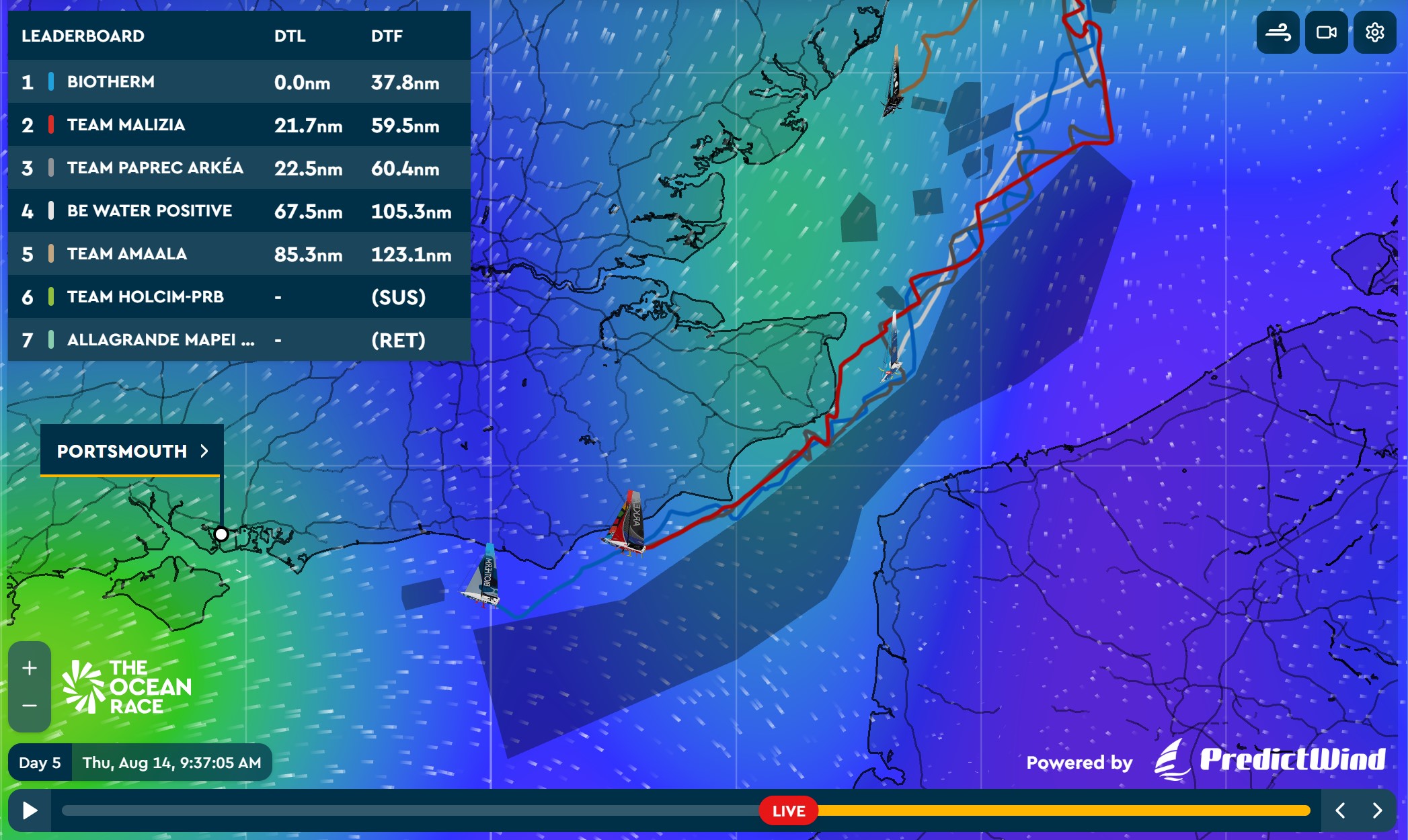
Those behind paid heavily. Team Malizia’s Will Harris admitted the frustration: “We lost more time than we thought we would — it felt like we were stuck.” Their 2.5-mile gap to second ballooned to 10. At the back, Team Amaala averaged just 3 knots through the night. “The current is against us and there’s only 4–5 knots of wind ahead,” said skipper Alan Roura. “It’s tough because we’ve lost touch with our Canadian friends, but we’re not giving up.”
By morning, the English Channel loomed — a narrow, obstacle-strewn funnel. At Dover, less than five miles separates the coastline from the exclusion zone; further along, the route pinches to 3.3 miles. It’s a squeeze in any weather, but with the wind now in the southwest — the one direction nobody wanted — the fleet has been forced into a “ping-pong” beat, tacking every 20 or 30 minutes between the shoreline and the traffic separation schemes.
On Biotherm, Meilhat spelt out the reality: “We won’t have more than half an hour without a manoeuvre until the end.” Each tack means shifting hundreds of kilos of sails and gear to windward, in darkness, dodging ferries, cargo ships, and tankers. Sleep comes in five-minute snatches, if at all. Paprec Arkéa called it “a long zig-zag to the finish — unstable weather, head currents, and a zone full of pitfalls.”
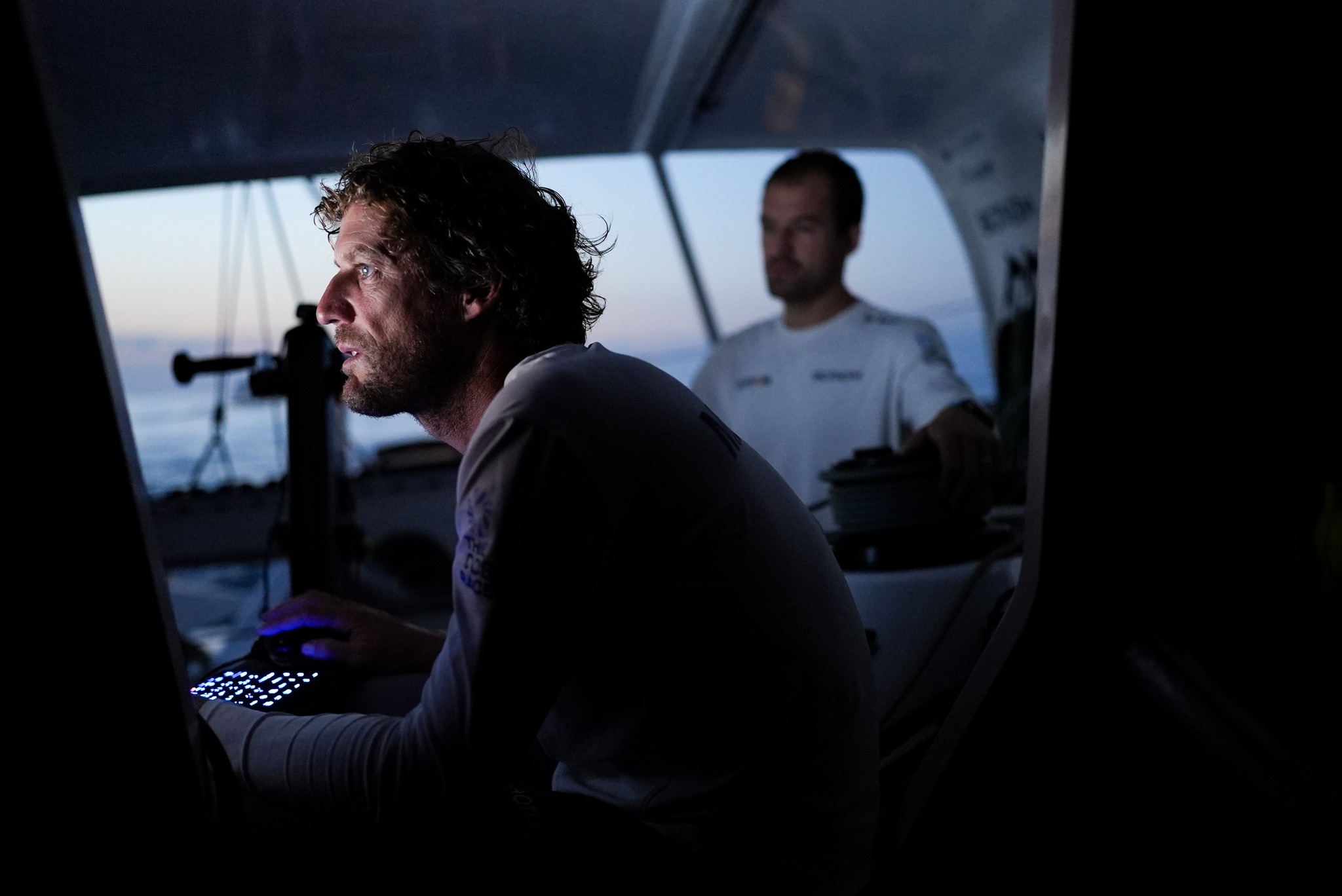
The tracker has been equally revealing — loops, zig-zags, even backwards movement as the tide overwhelmed what little wind there was. Malizia’s onboard reporter, Flore Hartout, described the low point: “The wind disappeared, the current pushed us backwards for hours. The fog rolled in, and visibility was gone. Then, finally, a gentle breeze and we were off again.”
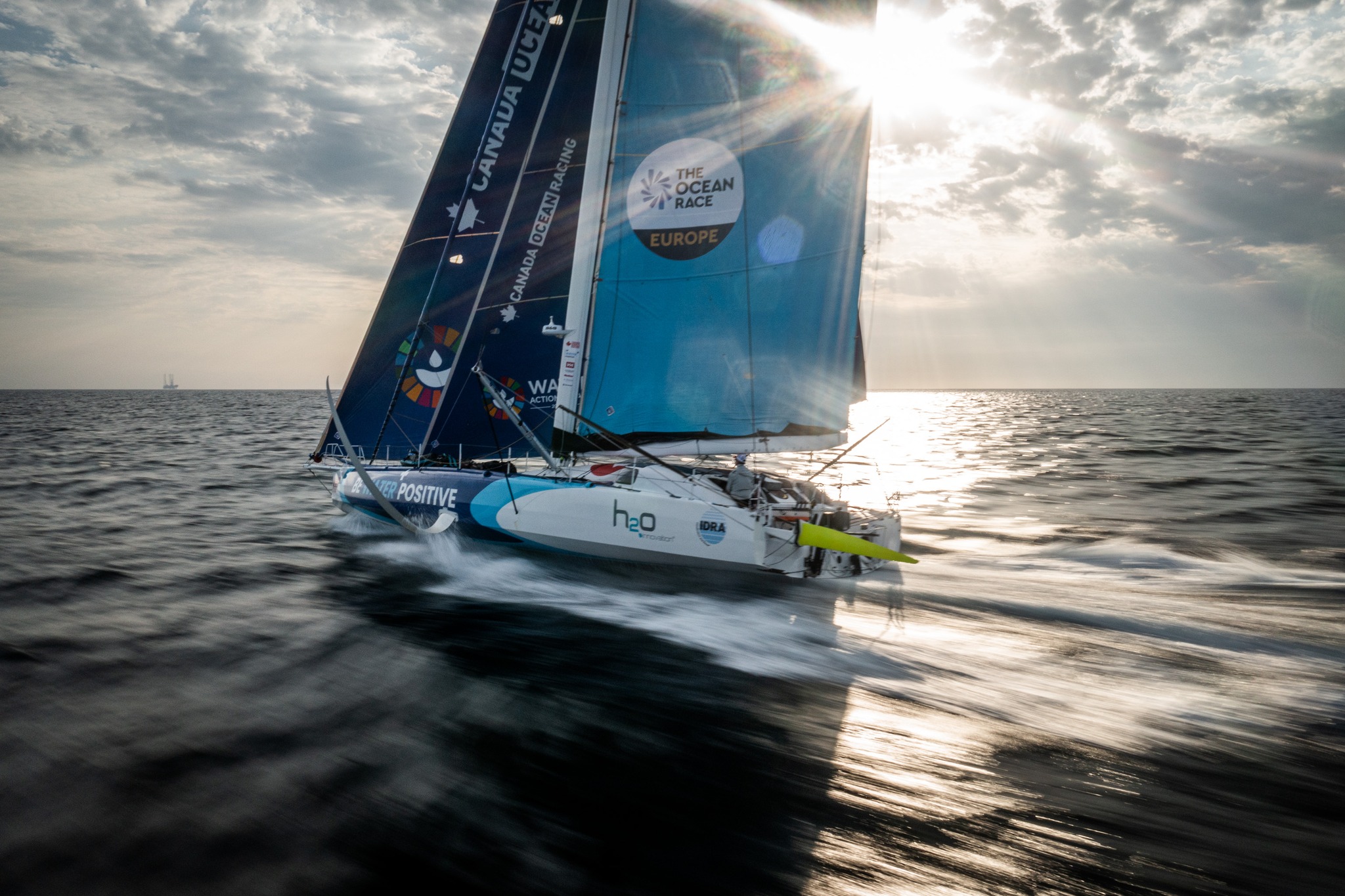
Despite the grind, crews have kept morale alive. On Malizia, the team chanted “We love stacking, stacking is GREAT!” as they lugged sails side to side. Canada Ocean Racing’s updates were all sunsets, drone shots, and “oil rigs in the rearview” as they edged closer to England. Amaala’s crew joked about being “on a diet” during the slow progress, already dreaming of “a good English breakfast at the finish.”

Yesterday’s lighter conditions gave Biotherm a rare pause to rest, eat, and prepare for the hard night ahead. “We’ll be tacking all day, playing ping-pong between the English coast and the DST,” Meilhat said. “The further away our opponents are, the better, especially with what’s coming.”
As of the latest report, Biotherm held an 18-mile cushion over Paprec Arkéa, with Malizia just a few miles behind them. Canada Ocean Racing sat 70 miles off the lead, Amaala 96. Race control may yet extend the course to time a daylight finish, but whenever they arrive, the endgame will be the same — a sleepless night of tacks, stacks, and split-second decisions in the busiest shipping lane in the world.

The podium will be decided not just in miles, but in how each crew manages the relentless rhythm of the Channel. In this kind of finale, one clean lane could still change everything.








